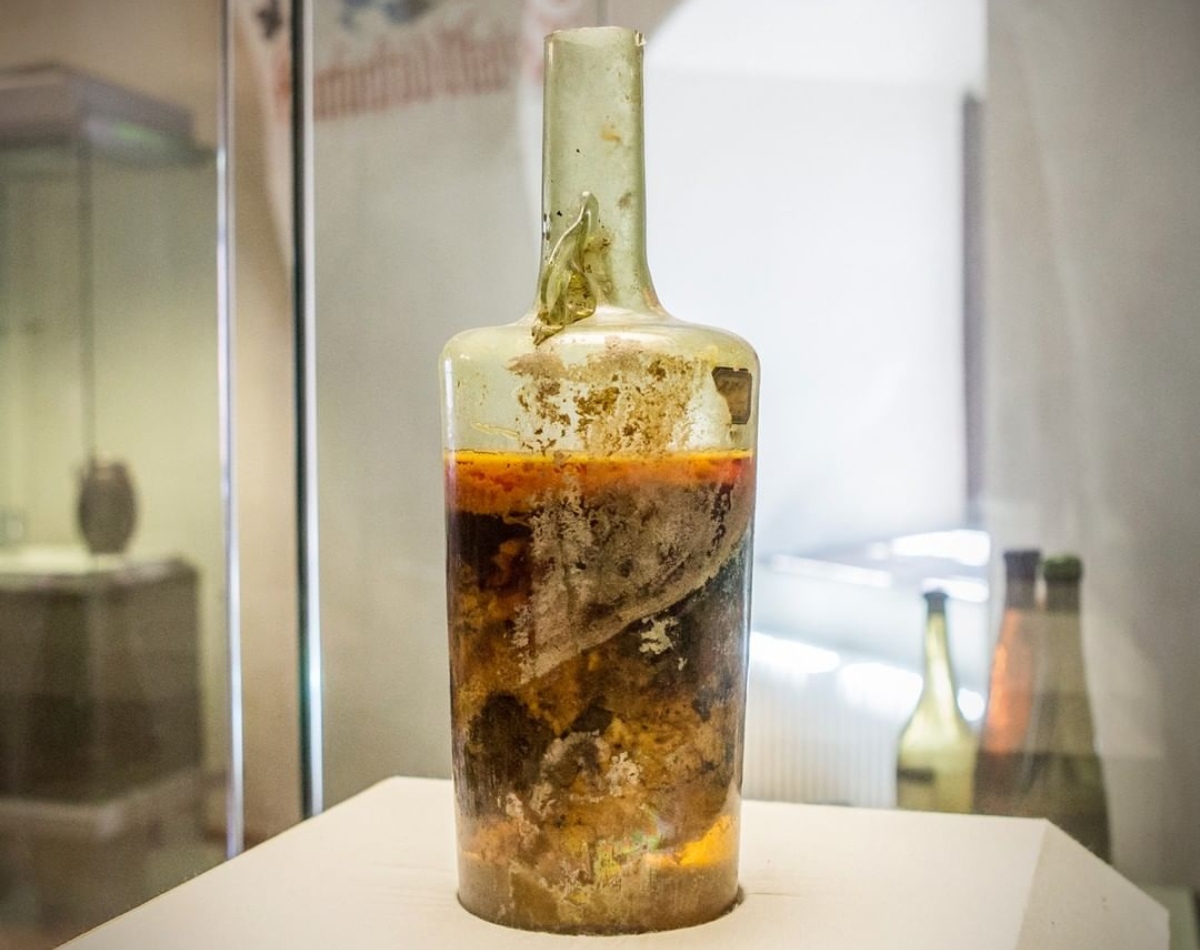Click here to read the Spanish version.
The older a wine is, the better it tastes. Or, at least, that’s what has always been said… but it has also always been said that there are exceptions that break the rules: contemporary historians have been debating for years whether or not one should open (and thus taste) what is considered the oldest bottle in the world, which can boast of being about 1,700 years old.
We are talking about the “Speyer wine”, in turn referred to as “Roman wine”, which has been guarded for about 100 years by the Palatinate Historical Museum of the city from which it takes its name, located in Germany. The gallery dates the bottle around 325 AD and, according to experts, can still be drunk: apparently, the glass has been kept sealed by a solidified stain of olive oil and wax (and not with a cork) at the top.
However, and having exposed all of the above, the bottle looks odd to say the least. And although it still seems to contain some sips inside, most of its contents appear to be solid. That’s why its taste, contrary to what we have constantly heard, is surely somewhat unique.
This is what “Speyer wine” is all about
The Römische Wein von Speyer bottle, of one and a half liters, has handles in the shape of a dolphin and, apparently, was buried along with more than a dozen bottles filled with alcohol in the tomb of a Roman nobleman. Something that was very common at the time, since they placed the corpses in sarcophagi together with everyday items, including wine. The tomb was discovered in 1867 and, to the surprise of many, one of the bottles was still intact.
Hence, researchers continually debate whether or not to open it, as multiple microbiologists insist that opening it could be dangerous. “We’re not sure whether or not it would withstand the shock of air. It’s still liquid and some people think it should undergo further scientific analysis, but we’re not sure,” the curator of the museum’s wine department, Ludger Tekampe, explained a few years ago, according to Futurism.
“It is probably not spoiled, but it would not give joy to the palate,” added, for her part, the professor of wine Monika Christmann. Something that was later subscribed to by the Palatinate Historical Museum, which in an Instagram post said that the taste “would probably be compared to that of a tasteless chewing gum.” Still, the debate continues.

